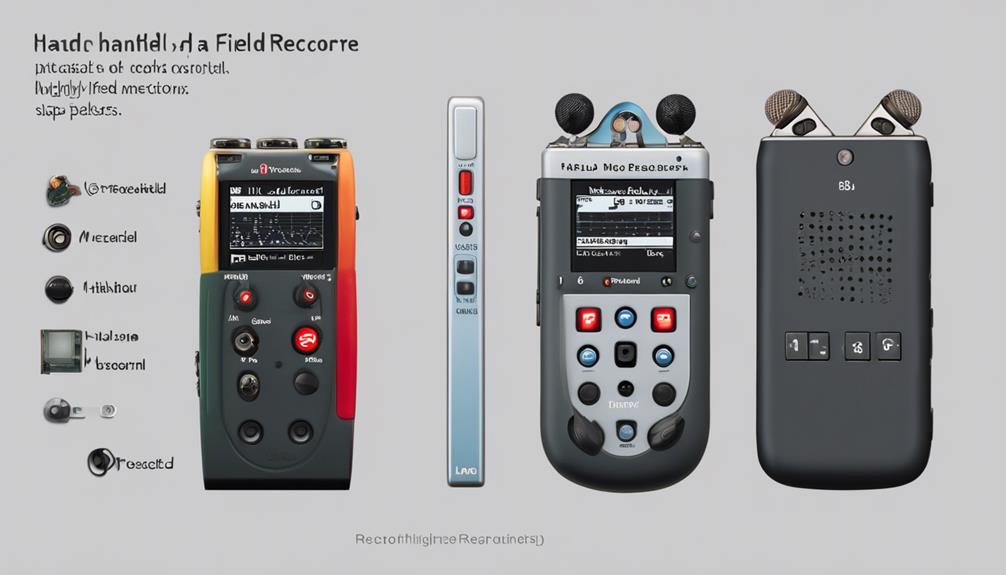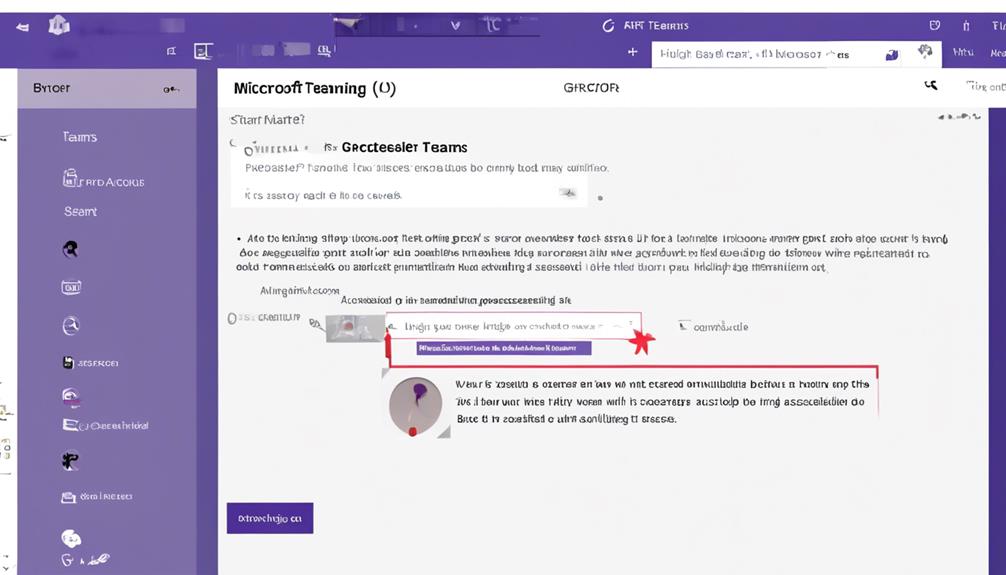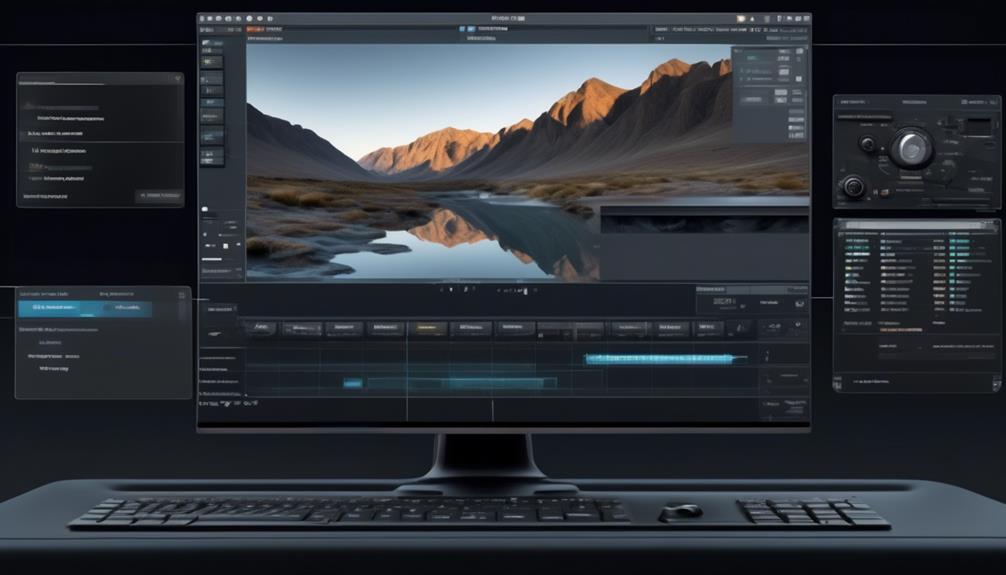When it comes to recording audio while on the move, we are frequently faced with the decision of selecting between a field recorder and a handheld recorder.
At first glance, the two may seem quite similar, but there are subtle yet significant differences that can impact the quality and versatility of your recordings.
Understanding these disparities is crucial for making informed decisions about which device best suits your needs in various recording scenarios.
Key Takeaways
- Field recorders are designed for professional use and offer advanced features like XLR inputs and high-quality preamps.
- Handheld recorders are smaller, more portable, and come with built-in microphones.
- Field recorders prioritize durability and advanced recording settings, while handheld recorders prioritize portability and ease of use.
- Field recorders offer superior audio quality and versatility with external microphone connectivity, while handheld recorders prioritize simplicity and convenience.
Defining Field Recorder and Handheld Recorder
When differentiating between a field recorder and a handheld recorder, it's essential to understand their distinct characteristics and intended usage.
Field recorders, such as the Zoom H6, are designed for professional use and offer advanced features like XLR inputs and high-quality preamps, ensuring superior sound quality. They're larger, providing more flexibility for recording in various settings and often have more advanced connectivity options, making them suitable for capturing professional audio in diverse environments.
On the other hand, handheld recorders, like the Zoom H4n, are smaller, more portable, and come with built-in microphones, making them convenient for on-the-go recording. They're generally more affordable and user-friendly, making them suitable for quick and easy recording tasks.
Field recorders are best suited for capturing higher quality audio in professional settings, while handheld recorders are convenient for on-the-go recording.
Understanding these differences is crucial when selecting the best field recorder or handheld recorder for specific recording needs.
Design and Portability Differences
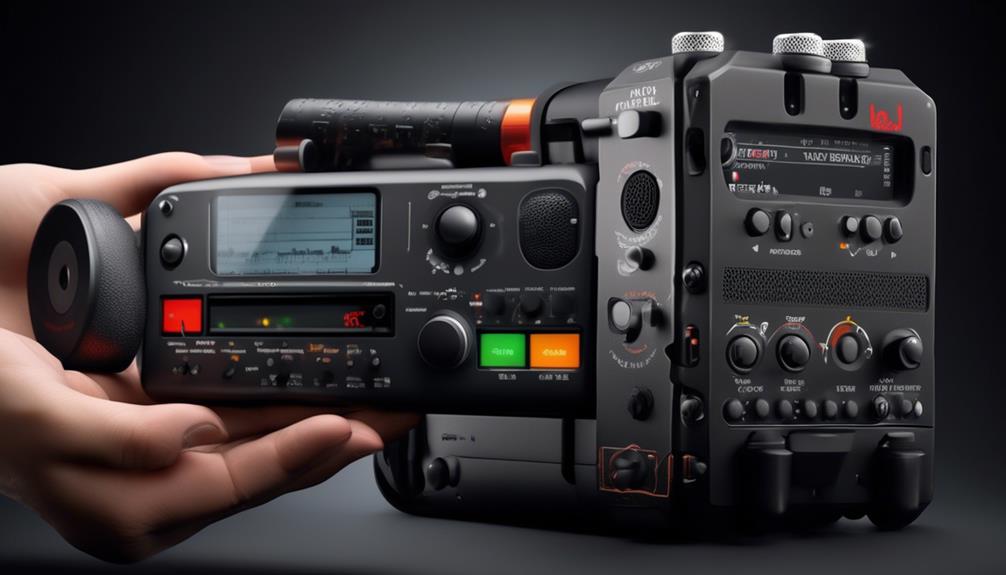
Field recorders and handheld recorders differ significantly in their design and portability, with each type tailored to specific recording requirements and environmental conditions.
Field recorders are larger, more robust, and built for professional field recording. They prioritize durability and often include features like multiple XLR inputs, advanced recording settings, and sturdier build quality. These attributes make them suitable for demanding field recording applications.
In contrast, handheld recorders are compact and lightweight, emphasizing portability and ease of use. They feature a streamlined design with intuitive controls, built-in microphones, and simple setup for on-the-go recording. While handheld recorders sacrifice some advanced features to prioritize portability, they're ideal for casual recording needs and situations where convenience is paramount.
The portable nature of handheld recorders makes them easy to carry around, enabling quick and spontaneous recording sessions.
Input and Connectivity Variances
The differences in input and connectivity between field recorders and handheld recorders are significant, reflecting their respective priorities in professional and casual recording settings.
Field recorders frequently feature XLR inputs, which are essential for connecting external microphones, particularly those requiring phantom power. This capability makes field recorders suitable for capturing high-quality audio from professional-grade microphones, offering superior audio quality and versatility in recording sounds. Additionally, field recorders often support scheduled recordings and have more comprehensive connectivity options, making them ideal for complex recording setups.
Conversely, handheld recorders are typically equipped with built-in stereo microphones and may not offer XLR inputs. While they're more compact and easier to carry around, their input options are limited compared to field recorders. Handheld recorders are generally more user-friendly and affordable, making them suitable for casual recording tasks where simplicity and portability are prioritized over advanced connectivity features. Furthermore, the audio quality and flexibility of handheld recorders are often more than sufficient for everyday recording needs.
Application and Use Case Distinctions
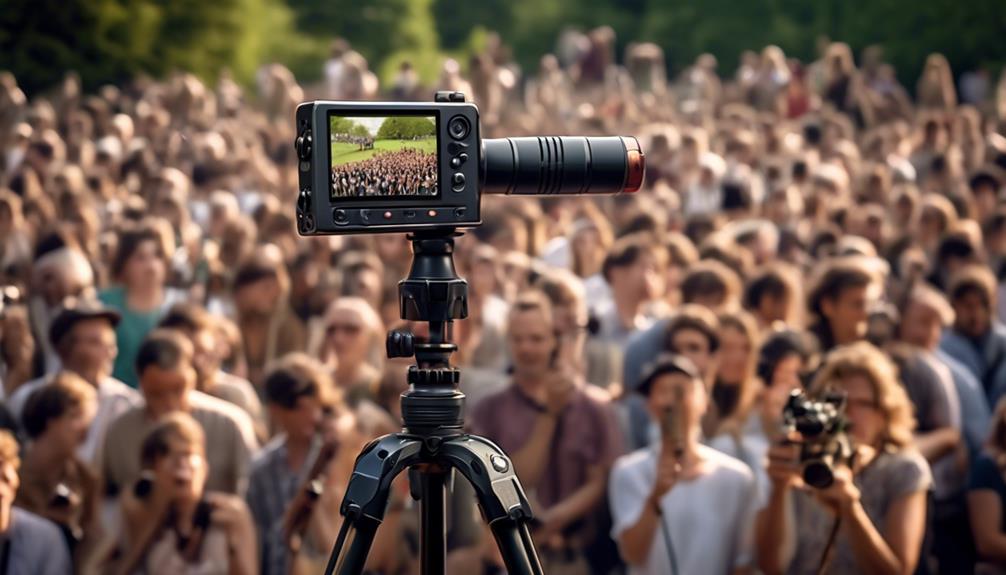
We typically recommend considering the specific recording needs, budget, and required number of tracks and microphone inputs when deciding between handheld and dedicated recorders.
Handheld recorders like the Zoom H1N are suitable for beginners and those on a budget. They're compact and easy to carry, making them ideal for recording in various locations. These recorders are equipped with internal microphones, making them convenient for capturing dialogue, ambient sounds, and music.
On the other hand, dedicated recorders such as the Zoom H4N Pro and Tascam offer more advanced features and flexibility. They provide more intuitive user interfaces and independent gain adjustment knobs for XLR inputs, making them suitable for field recording and requiring external microphones. Dedicated recorders also offer optimized modes for podcasting, music, and field recording.
Therefore, when choosing between handheld and dedicated recorders, it's important to weigh your specific recording needs, budget, and the number of tracks and microphone inputs required for your use case to make an informed decision.
Audio Quality and Recording Capabilities
Considering the audio quality and recording capabilities of handheld and dedicated recorders, it's imperative to assess their specific features and technical functionalities to make an informed decision.
- Handheld Field Recorders:
- Handheld recorders like Tascam DR-40X and Zoom H4n Pro offer balanced XLR inputs with phantom power, enhancing sound quality and allowing the use of professional microphones for optimal recording.
- These recorders often come equipped with condenser microphones, making them suitable for capturing nature sounds and subtle nuances in audio recordings.
- Dedicated Field Recorders:
- Dedicated field recorders provide advanced features tailored to specific recording needs. For instance, Tascam DR-07X is recommended for capturing louder signals, while Sony PCM D100 offers high-quality recording capabilities without additional XLR inputs.
Handheld recorders excel in portability, versatility, and excellent audio quality, suitable for capturing dialogue, ambient sounds, music, and a wide range of audio recordings.
Conversely, dedicated field recorders offer more advanced features and flexibility, catering to specific needs and budgets. When choosing between the two, it's essential to consider the nature of the recordings, the required sound quality, and the specific features that best align with the intended use.
Frequently Asked Questions
Why Use a Field Recorder?
When recording outdoor environments, a field recorder is essential for capturing high-quality environmental sound in remote locations. It provides the versatility needed for capturing wildlife sounds, ambient noise, and nature recording, making it ideal for soundscapes, audio journalism, field research, and sound effects.
The advanced features, such as XLR inputs and dedicated gain adjustment knobs, ensure professional audio capture in challenging outdoor settings.
What Is a Good Field Recorder?
When considering a good field recorder, we prioritize:
- Portable options
- High audio quality
- Durability in various environmental conditions
- Extended battery life
Connectivity options, ease of use, recording formats, size and weight, and price range are also crucial factors. A field recorder should offer versatility and advanced features for professional use.
Ultimately, it's essential to find a balance between portability and advanced functionality to meet diverse recording needs.
What Is the Best Field Recorder for Birding?
For birding, the best field recorder prioritizes birding features, sound quality, portability options, outdoor durability, long battery life, varied recording formats, versatile microphone options, ample storage capacity, weather resistance, and intuitive user interface.
Our team recommends models with specialized birding presets, high-resolution audio, lightweight construction, rugged build, extended battery, WAV/MP3 support, interchangeable mics, large memory, weather-sealed design, and user-friendly controls.
What Are Handheld Recorders Used For?
Handheld recorders are versatile tools used for capturing a wide range of audio content. They can be used for interviews, podcasts, music concerts, lectures, speeches, dictation, notes, meetings, conferences, ambient sounds, nature, wildlife, journalism, reporting, surveillance, evidence, education, and training.
These recorders offer several advantages, including portability, high-quality audio recording, and a variety of features. Some of the features to look for when choosing a handheld recorder include scheduled recording, options for different types of microphones, and the availability of filters.
When deciding on a handheld recorder, it's important to consider various factors. These factors may include the number of tracks the recorder can handle, the amount of recording time it offers, its battery life, the availability of microphone inputs, its portability, the audio quality it provides, its versatility, and its storage capacity.
What Are the Benefits of Using a Handheld Recorder Instead of a Field Recorder?
When it comes to capturing inspiration on the go, a handheld recorder offers convenience and spontaneity that a field recorder for creativity might not. With its compact size and easy accessibility, a handheld recorder allows for quick and effortless recording of ideas wherever you are, helping to cultivate creativity on the fly.
Conclusion
In conclusion, the difference between a field recorder and a handheld recorder lies in their design, portability, and application.
While a field recorder can be either handheld or mounted, a handheld recorder is specifically designed for on-the-go recording.
Each has its own unique advantages and use cases, so it's important to choose the right tool for the job.
As the saying goes, 'the right tool for the right job' – and in this case, it's all about finding the perfect recorder for your audio recording needs.

